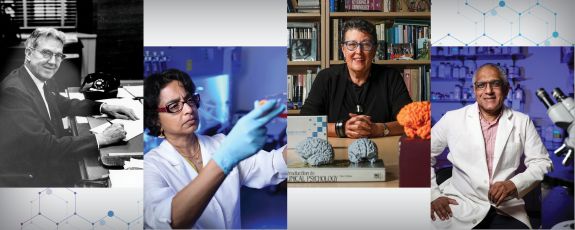
A Century of Breakthroughs: The Legacy of Innovation at Duke
Over the past century, innovators have made significant contributions in the marketplace and for public benefit
A Century of Breakthroughs: The Legacy of Innovation at Duke
Innovators have made significant contributions in the marketplace and for public benefit
This story is part of Working@Duke's celebration of Duke's Centennial year. Working@Duke is highlighting historical workforce issues and showcasing employees in a special series through 2024.
When Robin Rasor first came to Duke as the Executive Director of what was then called the Office of Licensing and Ventures, she knew about its reputation as an innovative research institution. What she didn’t know was exactly what that meant in numbers.
It’s more than she imagined.
In fiscal year 2023, licensing revenue from products and ideas generated at Duke reached $102.5 million, a single-year high. Those earnings are all distributed back to Duke inventors, labs, departments and schools.
“When I started in this business, I never thought we would see the level of revenues we see today,” Rasor said.
As part of its expanded services and resources, the office has been renamed the Office for Translation & Commercialization, and Rasor is now the Associate Vice President. In fiscal year 2024, the office received 302 invention disclosures and was issued 94 patents.
“To see their product actually cure a disease or make a difference in the environment or be a new process that makes something else better – that matters to our innovators,” Rasor said.
As Duke culminates its Centennial year celebration, here are a handful of inventions that have made a difference in the world.
A Century of Breakthroughs: The Legacy of Innovation at Duke
Over the past century, innovators have made significant contributions in the marketplace and for public benefit
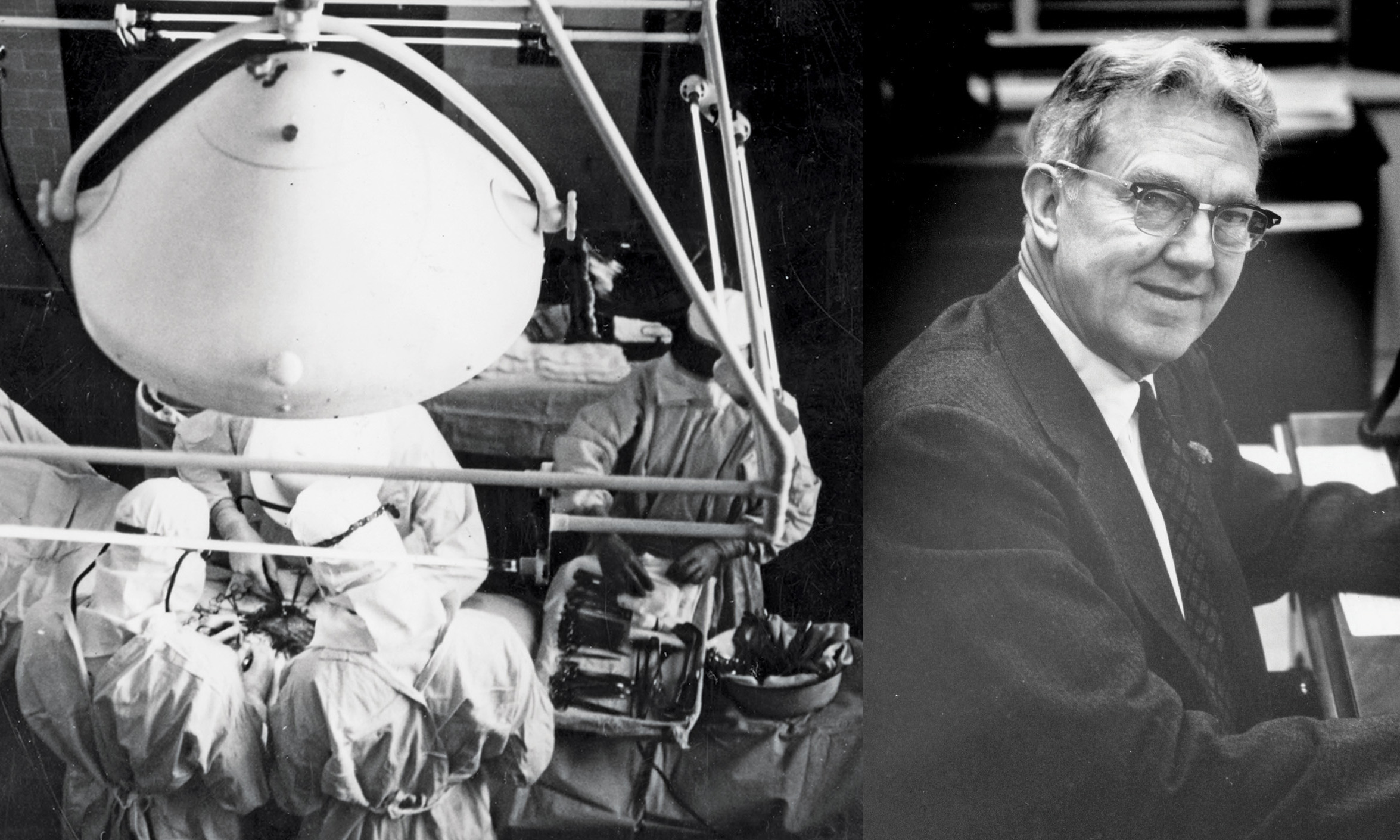
1924-1969: A groundbreaking medical discovery
A headline for a 1938 article in the Durham Morning Herald proclaimed, “Duke Surgeon Describes Light that Purifies Air.” The idea seemed preposterous: Light cleaning air? How?
Since 1936, J. Deryl Hart had been working to prove his groundbreaking theory: ultraviolet light tuned to specific wavelengths killed a common bacteria that was causing too many post-surgical infections at Duke Hospital.
Hart partnered with Westinghouse Corp. to make a lamp that would kill Staphylococcus aureus without giving the patient or provider a sunburn. Eight of the Westinghouse lamps were installed in a Duke operating room to ensure it could work without causing harm.
Post-surgical infections dropped precipitously with the use of the lights, and the UV lamps were adopted hospital wide. From 1936 to 1938, 800 operations were performed in the ultraviolet light, and Hart said the death rate in chest operations was cut from 5.5 to 2.9% while infections after breast operations dropped from 31 to 2.6%.
Hart was not only one of Duke’s most innovative surgeons – he also went on to become president of Duke University from 1960-63.

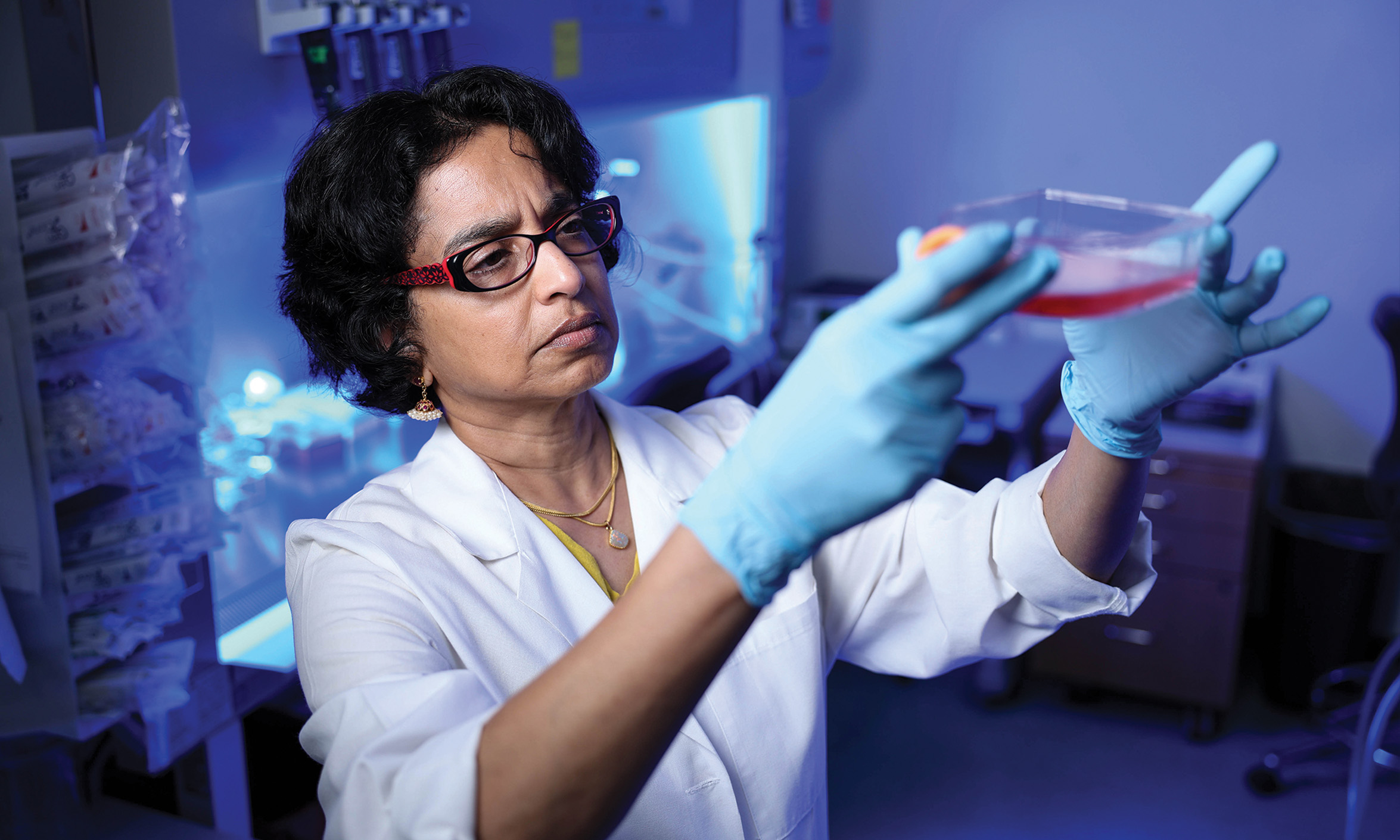
1970-2003: Among the earliest RNA vaccines
Smita Nair, an immunologist and Professor of Surgery, came to Duke in 1993 to study cancer therapeutics as a post-doctoral researcher in the lab of Eli Gilboa. In 1995, her colleague David Boczkowski handed her a test tube for her experiment testing a cell-based vaccine to treat cancer. It was labeled “The Cure.”
Nair laughed at the grandiose designation, but whatever was in that tube worked. Nair asked if it was supposed to.
"Most people would say, 'No, you cannot do anything with RNA,'" Boczkowski told her.
That’s how the Duke lab discovered a cell-based RNA vaccine could work. It was among the first to do so.
“People were doing it, but there was not this frenzy around it,” Nair said. “What we were able to show is RNA can be used to make a vaccine – in this case, a cell-based vaccine that controlled tumor growth in mice. … I do believe that a lot of our work laid the groundwork for RNA-based vaccines.”
From that work, Gilboa, Nair and Boczkowski founded Merix Bioscience, which became Argos Therapeutics, the first mRNA therapeutics company.
According to “Nature,” the discovery inspired the work of two researchers at BioNTech and CureVac, who went on to experiment with administering mRNA into the body directly. This, of course, led to the rapid development of the COVID vaccine in 2020.
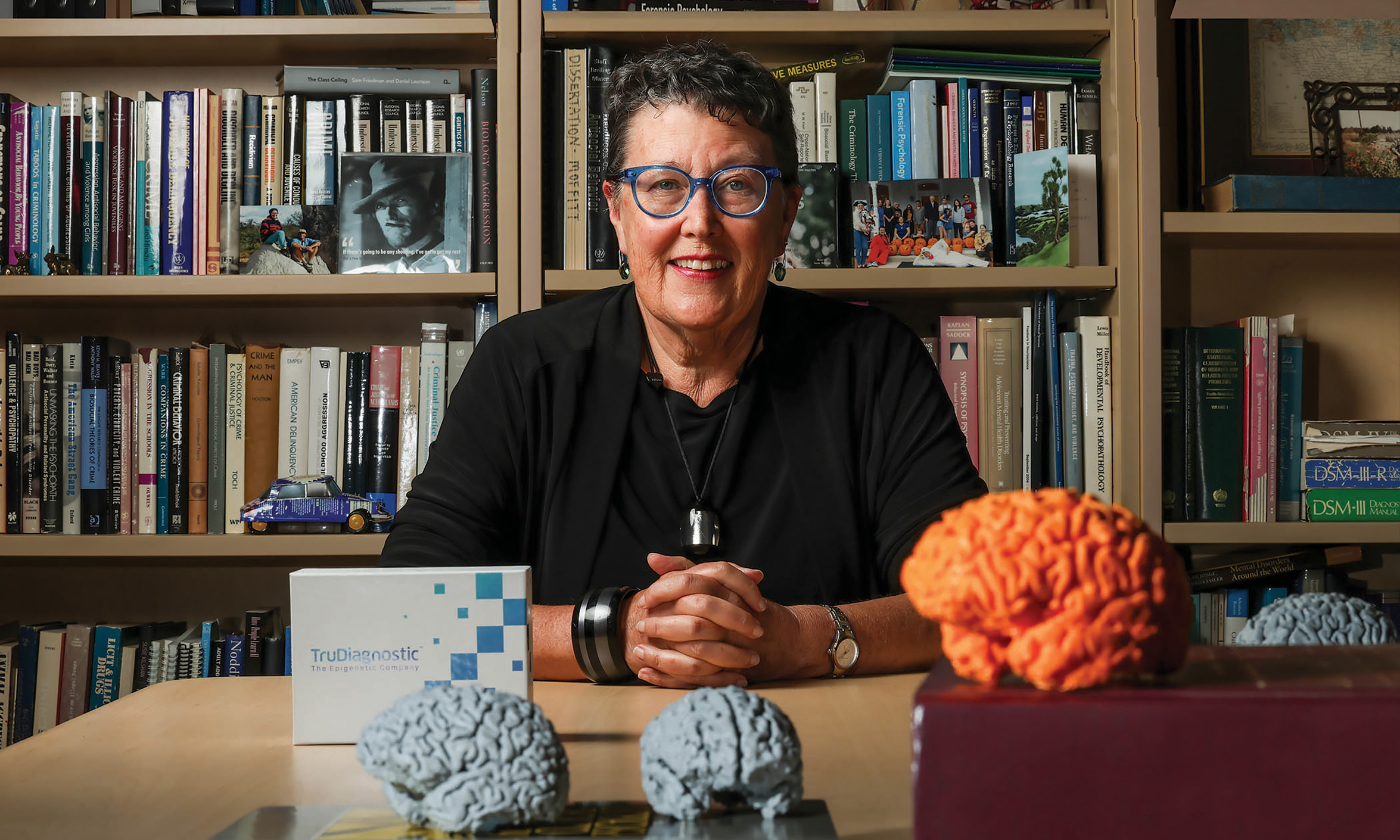
2004-2023: Learning your true age
For most of her career, Duke Psychology and Neuroscience Professor Terrie Moffitt has been working on a longitudinal study that gathers biological data on 1,037 babies born in a single year in a New Zealand town. The study has recorded more than 50 years’ worth of biomarkers such as blood pressure, cardiovascular fitness, cholesterol and more.
A few years ago, she and her colleague, Psychology and Neuroscience Professor Avshalom Caspi, realized they were sitting on a trove of data and research.
The emerging field of geroscience had spawned the “longevity industry,” which measures a person’s biological age rather than chronological age. Knowing how biologically old a person is can zero in on behaviors that slow the pace of aging and perhaps add years to life.
Moffitt and her team developed an algorithm based on their data that they then converted to an epigenetic test. The test was licensed to TruDiagnostic, which now offers to measure your biological age for a prick of blood and $499.
The product’s rapid success has been dizzying for Moffitt – especially after it was featured in a July 2024 episode of “The Kardashians.” Each member of the Kardashian family took TruAge COMPLETE and revealed their results on the reality show’s season finale.
Discover more about innovations at Duke at Invented at Duke by the Office for Translation & Commercialization on Nov. 20 from 4:30-7 p.m. at Penn Pavilion. Invited featured speaker is FDA Commissioner Dr. Robert Califf. Register for the event here.
“On the one hand you can say that this is a cute party trick,” Moffitt said. “Yeah, it’s kind of fun to send off your blood spot and get back your biological age – and then know that if you wanted, you could do something like buy a Peloton bicycle and then send it off again six months later and see if you’ve improved.
“But the question is, will it have any meaningful use in health care?”
Moffitt is hopeful that one day it will.
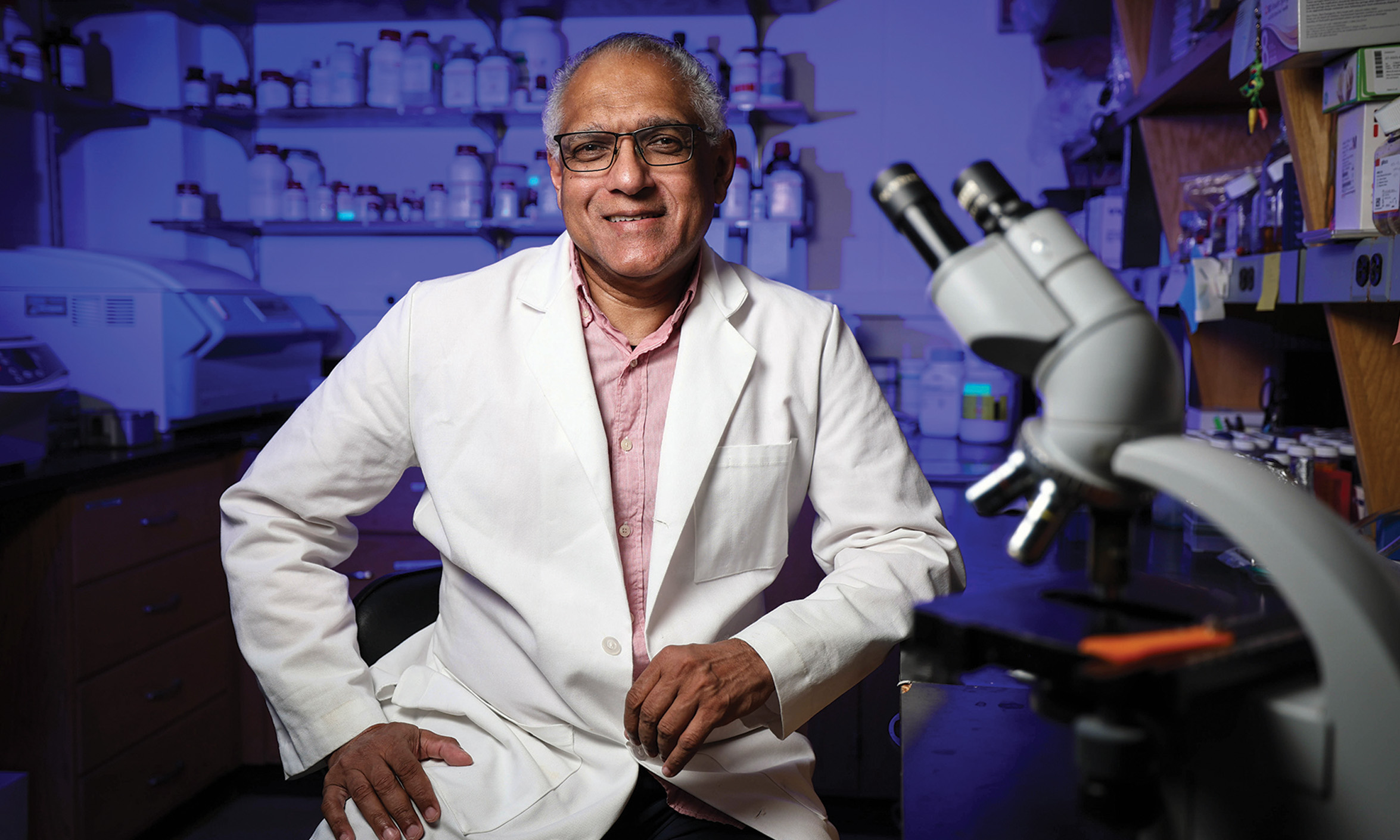
trials on his three therapeutic strategies. Photo by Travis Stanley.
2024: Creating meaningful treatments
In Soman Abraham’s career as a Professor in Pathology, with the past 27 years at Duke, he has found his most important research is the kind where he’s able to easily explain how A leads to B.
“To me, the more exciting part is not just making observations for the sake of academic curiosity,” said Abraham, “but, ‘Hey, how does that help?’”
Abraham currently has three promising therapeutic strategies that could offer genuine help: a vaccination for recurrent urinary tract infections (UTIs), a treatment for recurrent UTI-induced bladder pain that targets nerve growth, and an additive that boosts vaccine effectiveness.
He’s working with the Duke Office for Translation & Commercialization to find funding for more advanced trials on his research but knowing that there’s promise is what’s most important to him.
“It must have some meaning,” Abraham said. “It’s important to come down to earth and convey what you’re doing and demonstrate the importance to the average citizen.”
Read more about Duke’s innovations at otc.duke.edu/a-century-of-Innovation
Send story ideas, shout-outs and photographs through our story idea form or write working@duke.edu.
Follow Working@Duke on X (Twitter), Facebook and Instagram and subscribe on YouTube.